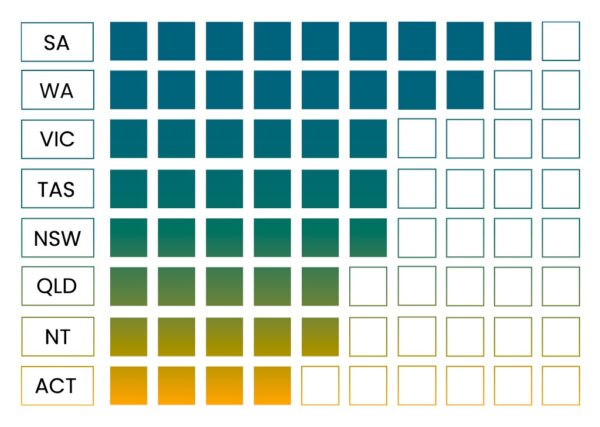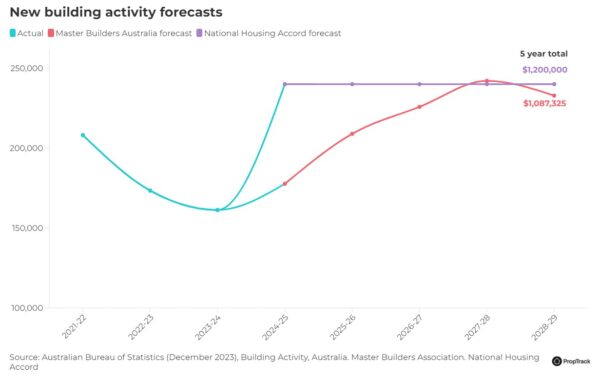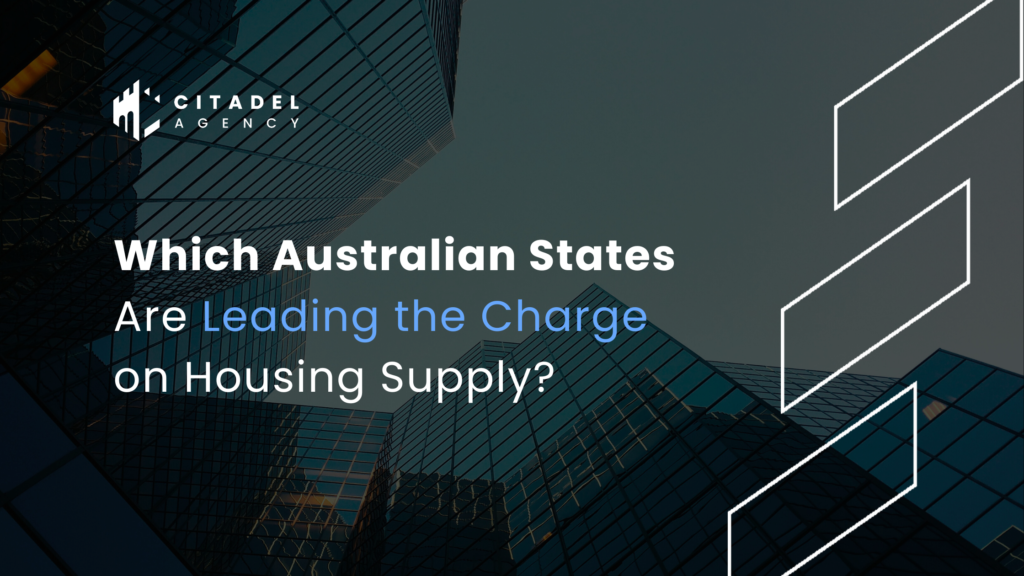The Housing Industry Association (HIA) recently released an eye-opening report ranking Australian states based on their efforts to address critical housing supply issues. The HIA Housing Policy Scoreboard provides a clear snapshot of which states are stepping up—and which are falling behind—in tackling one of Australia’s most pressing challenges.
Australian states ranked by their ability to counter critical housing supply issues.

While some states seem to be taking a “one-step forward, two-step back” approach, others like South Australia (SA) and Western Australia (WA) are leading the way with proactive measures. These states have introduced key reforms to boost housing supply, including:
- Planning reforms to streamline development processes.
- Operational efficiency improvements to speed up approvals.
- Stamp duty exemptions to support first-home buyers.
- Investment in skilled labour to address construction workforce shortages.
Despite these steps forward, neither SA nor WA are on track to build the number of homes required to meet their contribution to the federal government’s ambitious 1.2 million homes target. This target, set under the National Housing Accord launched in 2022, aims to tackle Australia’s housing supply and affordability crisis by delivering 60,000 new dwellings per quarter. Each state was assigned a specific target, with a focus on building diverse homes in areas with existing infrastructure capacity.

However, the HIA report reveals that all states and territories have fallen short of their Housing Accord targets so far. This highlights the urgent need for more coordinated and effective action to address the housing crisis.
The report underscores the importance of bold, innovative policies across planning, taxation, and workforce development. For policymakers, the message is clear: the time for half-measures is over with more needing to be done.

